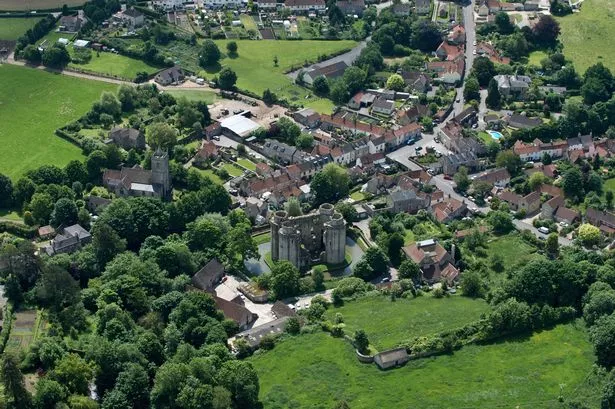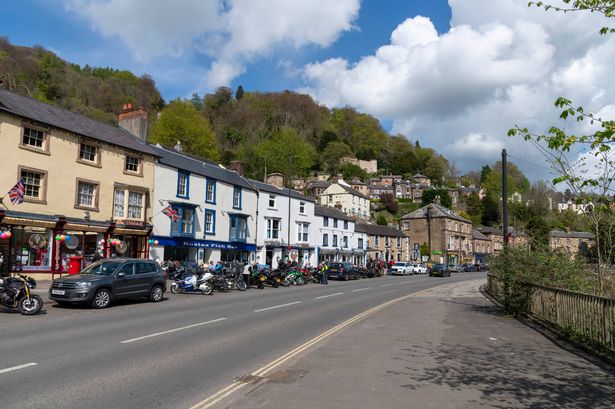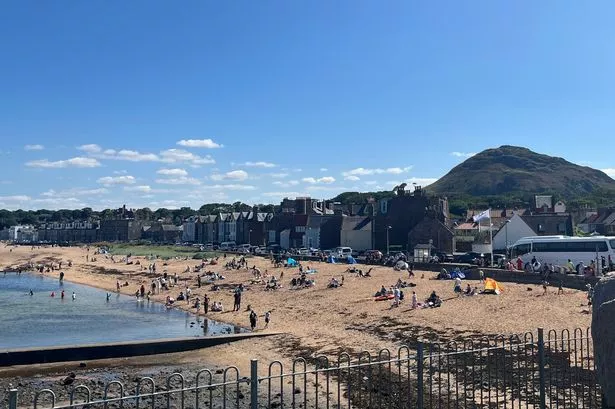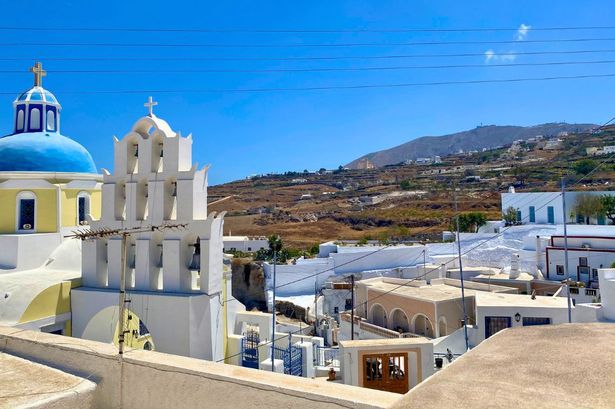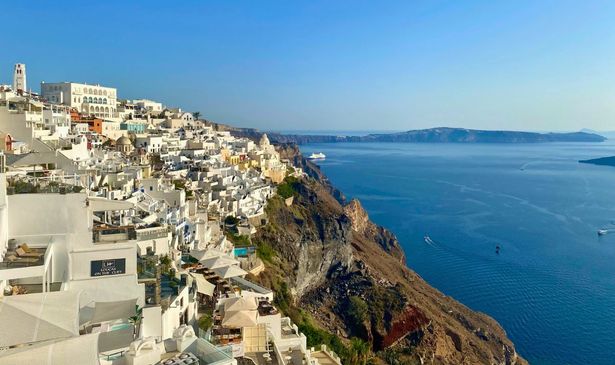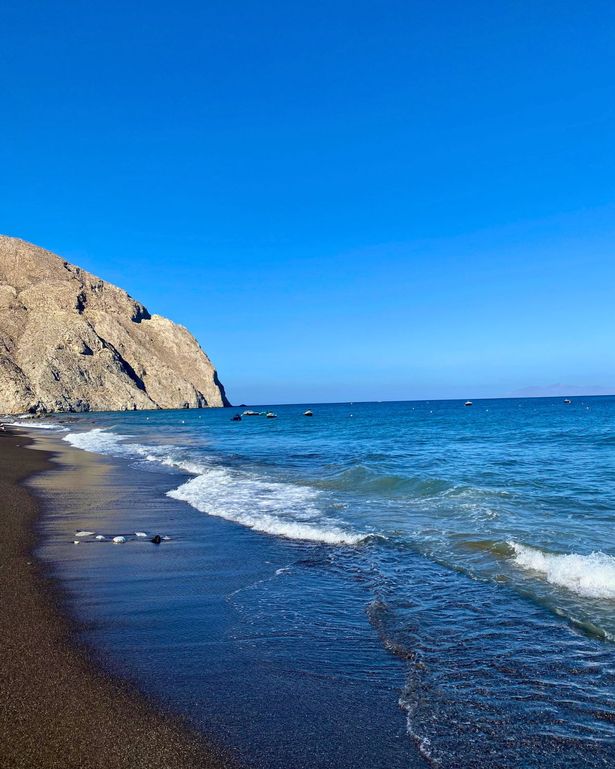The Conwy Valley Line weaves through the dramatic valleys of Blaenau Ffestiniog, skirts a wildlife-abundant estuary and traces the rolling hillsides and striking rock faces of this breathtaking corner of North West Wales
One of Britain’s most picturesque railway routes has welcomed passengers back after reopening to the public.
The Conwy Valley Line weaves through the dramatic valleys of Blaenau Ffestiniog, skirts a wildlife-abundant estuary and traces the rolling hillsides and striking rock faces of this breathtaking corner of North West Wales.
Despite covering just 26 miles between Llandudno and Blaenau Ffestiniog, the journey takes over an hour. This is mainly because of the line’s winding and steep character, which snakes through the spectacular mountains and wild beauty of Snowdonia National Park.
Whilst the route primarily serves local residents and daily commuters, it has become a magnet for railway enthusiasts. One visitor praised on Tripadvisor: “The line from Blaenau Ffestiniog up to Llandudno is incredibly scenic, and if you’re looking for a rail journey in Snowdonia this is right up there with the heritage narrow gauge lines.”
READ MORE: Last flight cancelled to Scotland’s most remote airport leaving hidden gem town strandedREAD MORE: Last flight cancelled to UK’s most remote airport leaving hidden gem town stranded
During a debate about Britain’s most beautiful railway routes, one rail enthusiast commented: “How has nobody mentioned the Conwy Valley? It’s utterly spectacular and crams more into an hour than the ECML does into four. One of the nicest little tours you can do in the UK is a loop of Chester-Llandudno Jn-Blaenau-Porthmadog-Machynlleth-Shrewsbury-Chester, though you’ll probably need to use a bus rather than the FfR for the middle bit at present.”, reports the Express.
The railway line welcomed passengers back on Monday, 27 October, after a month of round-the-clock engineering work by Network Rail, forming part of a £1.4 million investment to strengthen the railway against severe weather conditions.
Throughout the past four weeks, engineering crews have been operating across the picturesque valley – felling dangerous trees and clearing 600,000m2 of overgrown vegetation spanning 54 miles of railway track. The extensive clearance work aims to stop fallen trees from obstructing the line when storms strike in future.
An innovative, cutting-edge approach to tackling the traditional issue of leaves on the line is also being tested.
Network Rail has introduced a pioneering rail treatment to the Conwy Valley line for the first time in Wales. A specialist road-to-rail vehicle has been applying a gel formula to the tracks.
The treatment dissolves leaf debris and remains active for up to seven days before being reactivated by rainfall.
“The Conwy Valley line is one of the most picturesque in Wales, but also one of the most weather-exposed. In the past decade, storms have forced the line to close for more than 500 days – disrupting passengers and the transportation of freight goods,” Network Rail wrote in a statement.
Beyond its scenic beauty, the line offers numerous attractions at various stations along the route. Visitors can:
- Experience life as a Welsh slate miner at Llechwedd, where you can join a deep mine tour, go off-road in a quarry explorer, or have a go at slate splitting. From the mine, you can take a ride on Europe’s steepest cable railway as you’re brought back to the surface.
- Learn about local life at Llandudno Museum and Gallery, which is located in the heart of this seaside town. It is a great place to uncover the fascinating stories of local people and how the area has developed over hundreds of years.
- Discover hidden gems as you explore the Conwy Valley line on foot with Ramblers and Transport for Wales. Travel by train and explore on foot with a series of exciting walking routes with Go Jauntly and Transport for Wales.
- Request a stop at Roman Bridge. The station is an ideal starting point for walkers and cyclists looking to explore the area’s breathtaking scenery. Take in the views of the secluded cwm of Blaenau Dolwyddelan before walking to Dolwyddelan Castle, the 12th-century stronghold of Prince Llywelyn the Great.
- Stop off at Deganwy. The town overlooks Snowdonia, the Conwy Estuary, Puffin Island, and Anglesey. Just behind the town is the site of Castell Deganwy, once the seat of King Maelgwn Gwynedd. This much-visited attraction (rebuilt by Henry III in 1245) dates back to the 6th century and plays an important role in the history of Wales.
- Frolic in the spray of a waterfall. The Conwy Falls are located near Vetws-y-Coed and cascade down a gorge in the Fairuy Glen area.




